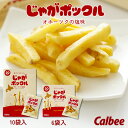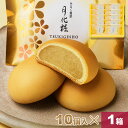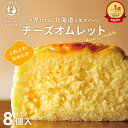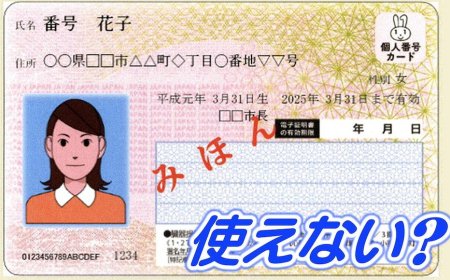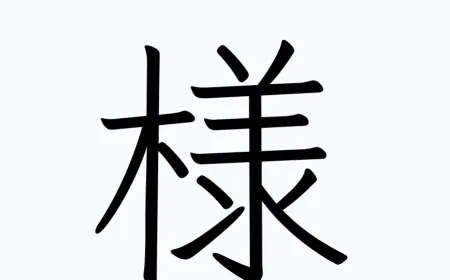Currency in Japan
Understanding how to handle currency in Japan is crucial for a hassle-free experience. Whether you're exchanging money, using ATMs, or navigating the balance between cash and electronic payments, being informed will help you manage your finances smoothly.
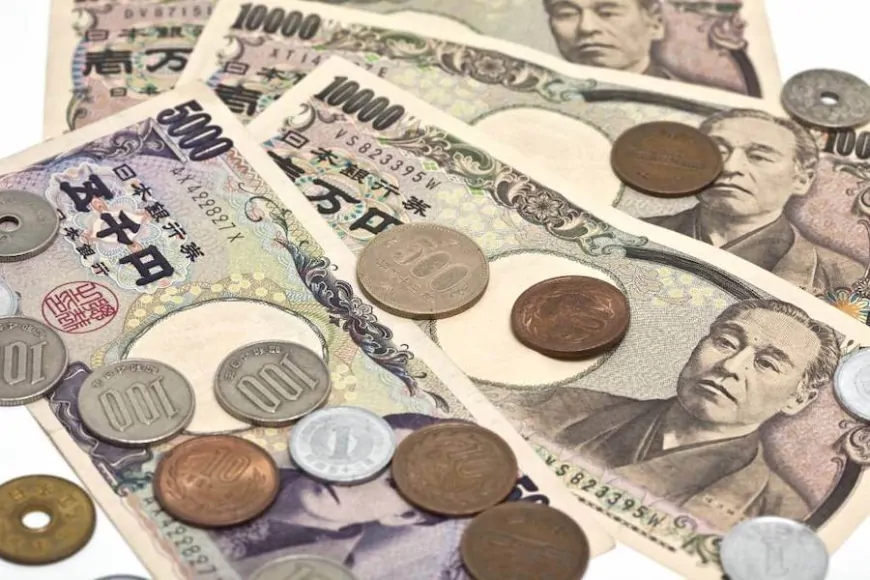
Japan’s currency, the yen (¥), is an essential part of daily life in the country. Whether you're planning a trip or staying long-term, knowing how to handle Japanese currency will enhance your experience and ensure smooth financial transactions.
This guide provides essential information about Japanese currency, helping you navigate financial transactions and understand cultural practices during your time in Japan.
The Japanese Yen (JPY)
The yen is the official currency of Japan and is abbreviated as JPY. It is symbolized by the ¥ sign and is used for all financial transactions within the country.
Coins and Banknotes
Japanese currency includes both coins and banknotes.
- Coins:
1 yen: Made of aluminum, very light.
5 yen: Made of brass, has a hole in the center, considered lucky.
10 yen: Made of bronze.
50 yen: Made of nickel, has a hole in the center.
100 yen: Made of nickel.
500 yen: Made of nickel, one of the highest value coins in the world. - Banknotes:
1,000 yen: Blue color, features Hideyo Noguchi, a famous bacteriologist.
2,000 yen: Rarely seen, features Shureimon, a famous gate in Okinawa.
5,000 yen: Purple color, features Ichiyo Higuchi, a famous Meiji era writer.
10,000 yen: Brown color, features Yukichi Fukuzawa, a renowned educator and founder of Keio University.
Exchanging Currency
Foreign currencies can be exchanged for yen at airports, banks, post offices, and currency exchange offices. It’s advisable to exchange some money upon arrival for immediate expenses. Keep an eye on the exchange rates, as they can vary between different exchange services.
Using Credit and Debit Cards
While Japan is known for being a cash-centric society, credit and debit cards are increasingly accepted, especially in urban areas. Major international credit cards like Visa, MasterCard, and American Express can be used in hotels, department stores, and larger restaurants. However, it's always a good idea to carry some cash, especially when traveling to rural areas.
ATMs in Japan
ATMs are widely available across Japan, but not all accept international cards. ATMs at convenience stores like 7-Eleven, FamilyMart, and Lawson, as well as those in Japan Post Bank branches, usually accept foreign cards and offer English language options. Be mindful of operating hours, as not all ATMs are available 24/7.
Cash vs. Electronic Payments
Despite the rise in electronic payment methods, cash is still king in Japan. However, electronic payment systems like Suica, Pasmo, and IC cards, which are primarily used for public transportation, can also be used for purchases in convenience stores, vending machines, and some restaurants. Mobile payment options such as PayPay, Line Pay, and Apple Pay are also gaining popularity.
Japanese people take great care in handling money. When paying with cash, it's common to place the money in a tray provided at the cashier rather than handing it directly. Similarly, receive your change and receipt from the tray.
Tipping is not customary in Japan and can even be considered rude. Exceptional service is expected as part of the job, and any attempt to tip may be politely declined. Instead, show your appreciation by saying thank you (arigato gozaimasu).
Embrace the cultural nuances of handling money, and your stay in Japan will be both enjoyable and financially sound.
Related Products



